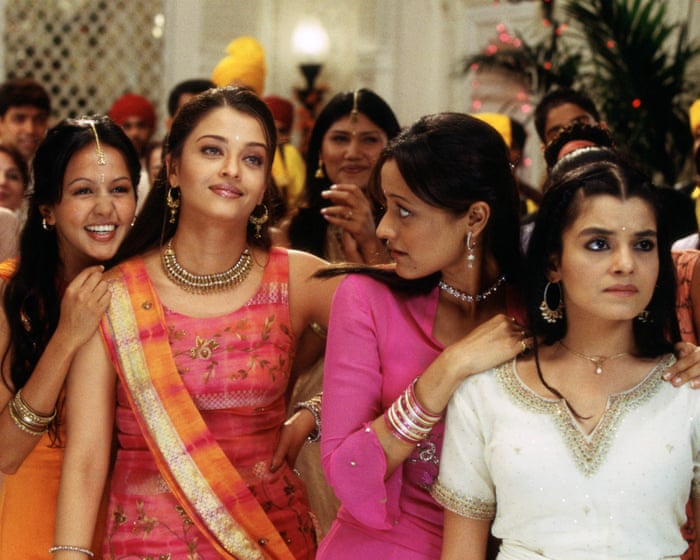Like most Spaniards today, I was born after Franco died 50 years ago. Even for my parents’ generation, the dictatorship that lasted from 1939 until November 20, 1975, now feels like a distant nightmare. When I was growing up, the stories I heard were mostly about the transition to democracy after Franco—a time of hope and energy as young people worked to rebuild everything from the ground up.
My mother, who was pregnant with me when she voted in the first free elections in 1977, remembers that period as the happiest of her life. International media reports from that year spoke of “widespread optimism” in a soon-to-be “healthy, modern, and vibrant nation.”
In October 1977, philosopher and former political prisoner Julián Marías wrote: “The Franco years seem incredibly distant; almost everything that once seemed impossible has already happened.” This was less than two years after Franco’s death, and Spain still didn’t have a full democratic system or a constitution in place.
Like many European countries at the time, Spain also faced political violence and economic crises. One of my earliest memories is the fear and confusion during the attempted coup in February 1981, listening to news bulletins on the radio.
Still, looking back, it’s remarkable how Spain transformed from a poor, isolated, rural country into a dynamic democracy that, within a few years, surpassed most of Europe in openness and social rights. In 50 years, GDP has grown more than 15 times in today’s money, exports have increased nearly eightfold, and employment has almost doubled in a country that has grown from 35 million to nearly 50 million people. Same-sex marriage was legalized in 2005, about a decade before the U.S., U.K., or Germany.
The transition to democracy was remarkably smooth given how quickly it happened, partly thanks to European funds and support. But in trying to balance justice and reconciliation, Spain leaned heavily toward reconciliation. Few of the dictatorship’s crimes were prosecuted, and over time, amnesty turned into amnesia.
Former Franco regime officials were absorbed into political parties—mostly the predecessor of today’s People’s Party. There was no public reckoning for the millionaires or large companies that supported the regime and, by extension, decades of repression and human rights abuses. Spain even kept King Juan Carlos as head of state, whom Franco had chosen as his successor in what the disgraced former king describes in a new memoir as an almost “father-son relationship.” Juan Carlos’s own role in the democratic transition and the attempted coup remains disputed.
Today, the Franco era is taught in schools, but it’s often rushed through at the end of a packed history curriculum in the final year of high school. It was largely absent from public debate until the center-left government of José Luis Rodríguez Zapatero passed the first Historical Memory Law in 2007, which began removing Franco statues and symbols, investing in national archives, and supporting the search for remains of those killed during the 1930s civil war.
Pedro Sánchez has gone further, introducing new legislation and enforcing existing laws. The most symbolic move was in 2019, when Franco’s remains were removed from the Valley of the Fallen (now renamed Valle de Cuelgamuros)—a mausoleum built by political prisoners near Madrid where he had been honored for decades, buried among his victims. A new project will transform the site, featuring displays, artifacts, and recordings that explain its dark history for the first time.
This is important because openly and publicly telling the story of Francoism has been…Spain has been missing something for far too long. More important than removing symbols is explaining them. The country doesn’t even have a national history museum, and it lags behind Germany, Italy, Portugal, and even younger democracies like Slovenia in confronting and displaying its past.
Politicians on the right are resisting many of these efforts, turning historical memory into another partisan issue. Even Spain’s transition to democracy, once idealized and a long-standing source of pride, is now being questioned as political consensus has broken down.
In Spain, we struggle with dealing with the past, as shown by other dark chapters in recent history, especially concerning terrorism. But when you don’t fully confront the past, it can come back to haunt you.
My mother is often equally surprised and distressed to see very young people—even if it’s a small minority—giving fascist salutes, singing Franco’s anthem, or hearing leaders of the far-right party Vox downplay the dictatorship’s crimes. Lately, she’s been talking more about her own memories: running from the mounted police, known as “los grises” for their grey uniforms, during university protests against Franco’s final executions; whispering about her cousin crossing into France to meet political activists; and wondering about her long-lost uncle who may have been a victim of repression.
“Life was grey,” she says now. Like many who lived through the dictatorship, she’s shocked that anyone in today’s Spain could embrace that troubled past. Those people should know better, but they should have been taught better, too.
There’s no danger of Francoism returning to Spain, but forgetting history can make us take for granted the democratic freedoms that require constant vigilance and protection.
María Ramírez is a journalist and deputy managing editor of elDiario.es, a news outlet in Spain.
Frequently Asked Questions
Of course Here is a list of FAQs about confronting the silence surrounding Francos era in Spain designed to be clear direct and accessible
BeginnerLevel Questions
1 Who was Francisco Franco
Francisco Franco was a military general who ruled Spain as a dictator from the end of the Spanish Civil War in 1939 until his death in 1975
2 What is meant by the collective silence about his era
It refers to the widespread often unspoken agreement in Spanish society after his death to avoid discussing the pain repression and divisions of his regime to ensure a peaceful transition to democracy
3 Why is it important to talk about this now
Confronting this painful history is crucial for healing honoring the victims understanding modern Spain and ensuring such a dictatorship never happens again Silence can pass trauma and unresolved issues to new generations
4 What was life like for ordinary people under Franco
Life was characterized by political repression censorship limited freedoms and for many poverty Public life was heavily influenced by conservative Catholic values and a single statecontrolled political party
5 What is the Pact of Forgetting
It was an informal political agreement during the transition to democracy in the late 1970s to avoid prosecuting crimes from the Civil War and Francoist era focusing instead on building a new unified future
Intermediate Advanced Questions
6 How did the education system contribute to this silence
For decades school textbooks largely skipped over the Civil War and the Franco dictatorship in detail presenting a simplified or neutral version of events This prevented young people from learning the full story
7 What are some specific examples of the regimes repression
Examples include mass executions forced labor camps the persecution of political opponents the suppression of regional languages and cultures and laws that severely restricted womens rights
8 What is the Historical Memory Law
Passed in 2007 this was a law aimed at formally recognizing and expanding rights for the victims of the Civil War and the dictatorship It supports the exhumation of mass graves and the removal of Francoist symbols from public spaces
9 Why is there still political division over this issue today
Some political parties and




